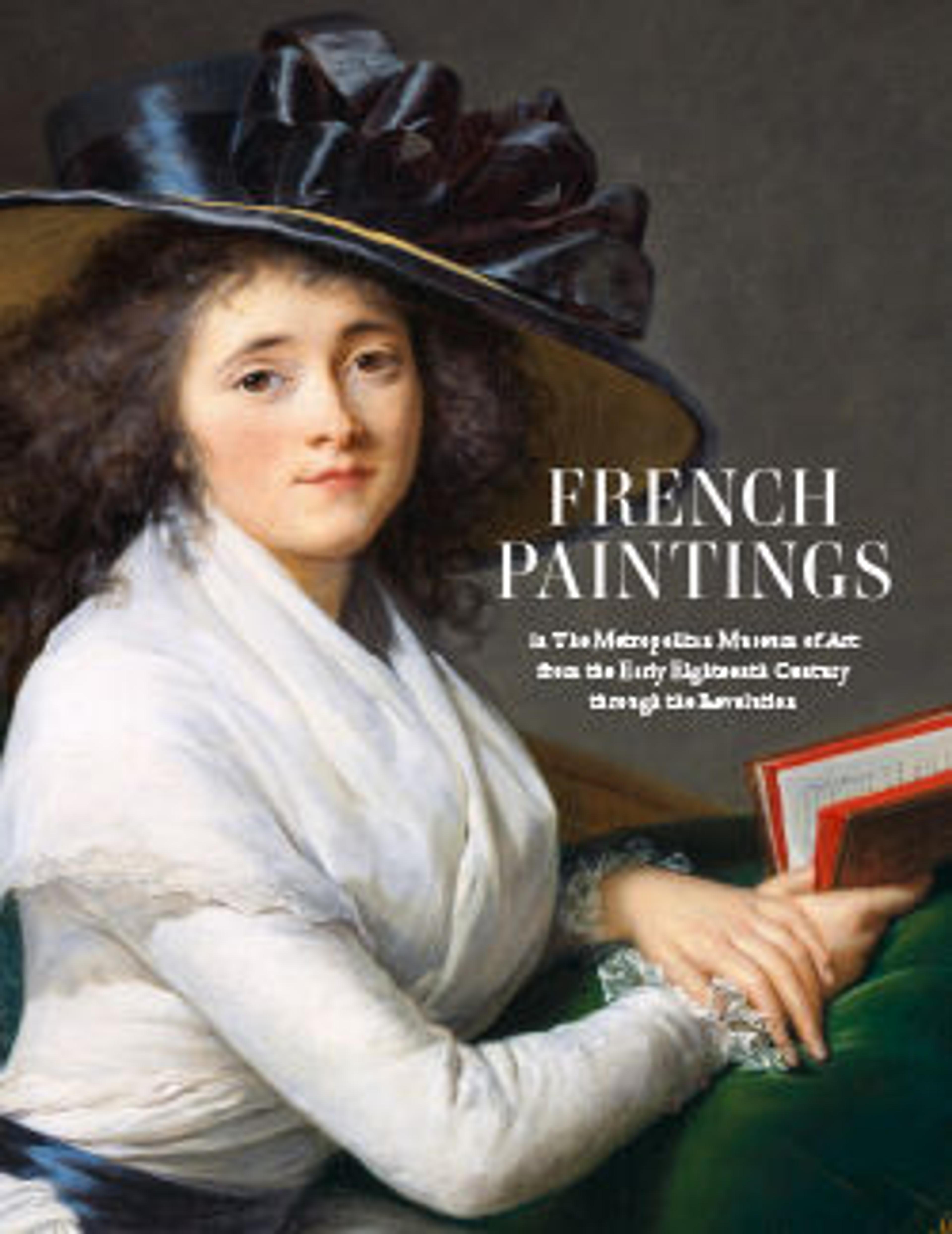Allegory of Vigilance
The female figure is not a portrait sitter but a model in allegorical guise, and the oil lamp and books are traditional symbols of vigilance. Fragonard paints in wide liquid strokes, stopping for few details, in a style typical of his work in the 1770s.
Artwork Details
- Title: Allegory of Vigilance
- Artist: Jean Honoré Fragonard (French, Grasse 1732–1806 Paris)
- Date: ca. 1772
- Medium: Oil on canvas
- Dimensions: Oval, 27 1/8 x 21 5/8 in. (68.9 x 54.9 cm)
- Classification: Paintings
- Credit Line: Gift of René Fribourg, 1953
- Object Number: 53.161
- Curatorial Department: European Paintings
More Artwork
Research Resources
The Met provides unparalleled resources for research and welcomes an international community of students and scholars. The Met's Open Access API is where creators and researchers can connect to the The Met collection. Open Access data and public domain images are available for unrestricted commercial and noncommercial use without permission or fee.
To request images under copyright and other restrictions, please use this Image Request form.
Feedback
We continue to research and examine historical and cultural context for objects in The Met collection. If you have comments or questions about this object record, please contact us using the form below. The Museum looks forward to receiving your comments.
